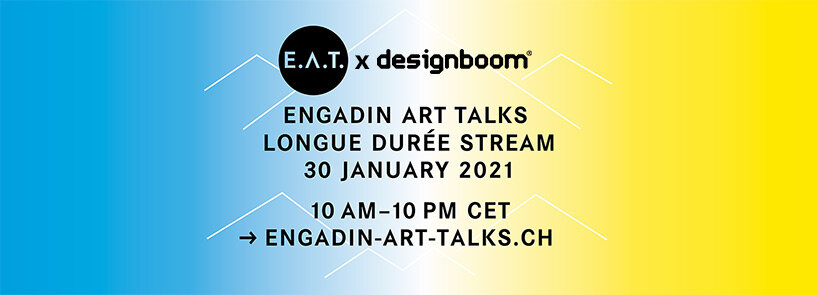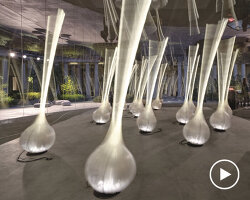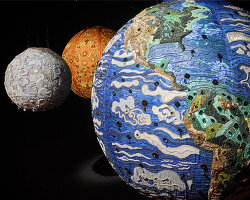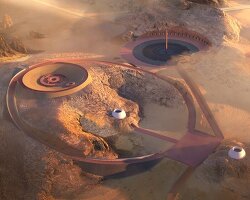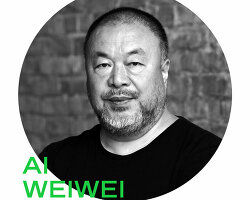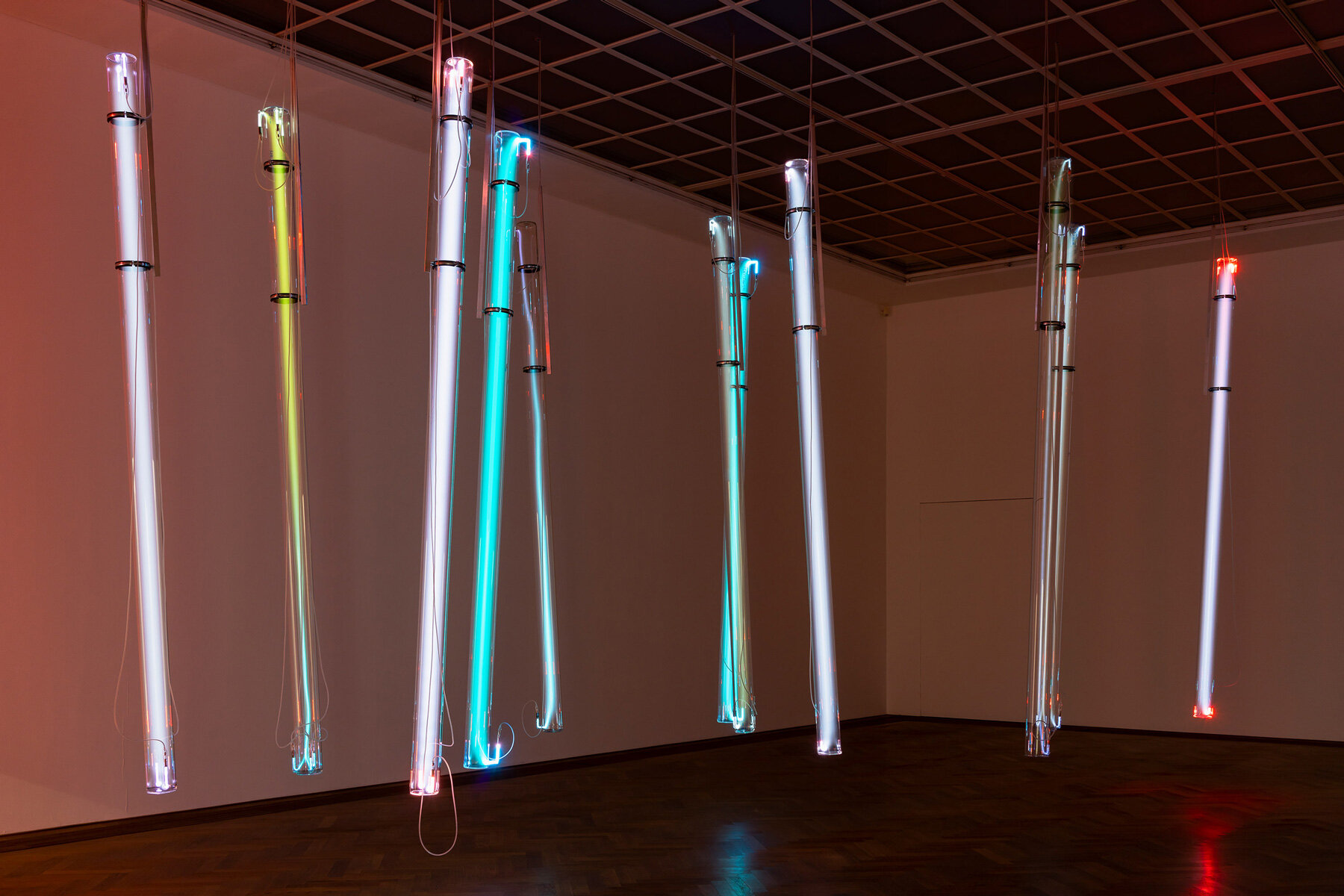
raphael hefti, installation view, salutary failures, kunsthalle basel, 2020, view on ‘message not sent’, 2020
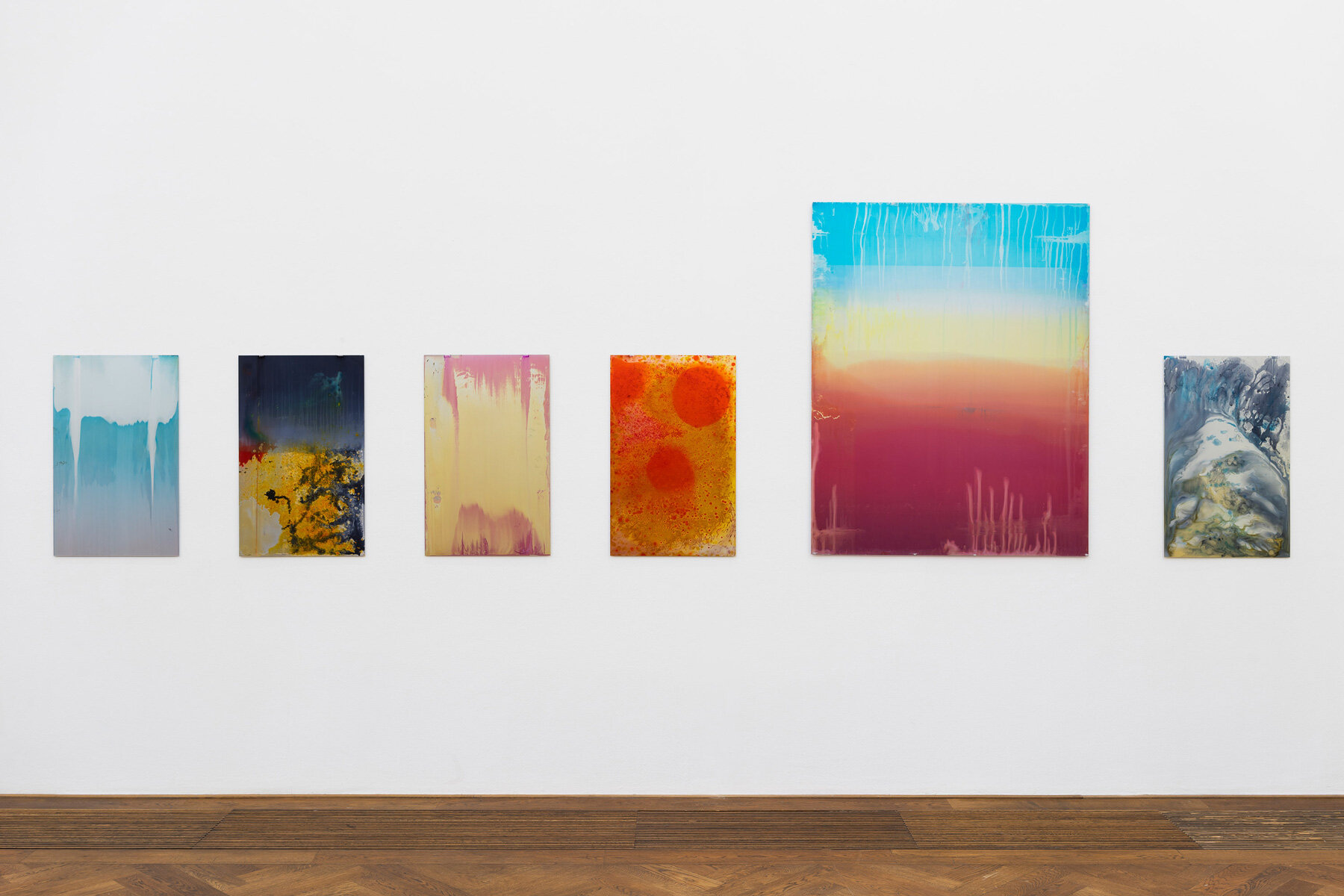
raphael hefti, installation view, salutary failures, kunsthalle basel, 2020, view on ‘(F. L. T. R.) RHE 9512; RHE 9513; RHE 9514; RHE 9515; RHE 9516; RHE 9502’, all 2020
KEEP UP WITH OUR DAILY AND WEEKLY NEWSLETTERS
sara shakeel talks the role of AI in contemporary art, the human impulse to materialize digital ideas, and the emergence of phygital works.
outdoor subterranean oculi, called skyspaces, will frame the shifting hues of the sky to reveal phenomena rarely visible to the naked eye.
visionary director and artist david lynch has passed away on january 16th, 2025, at the age of 78.
connections: +110
the largest exhibition dedicated to the artist in france is now on view at the grand palais in paris, bringing together large-scale installations, sculptures, photographs, drawings, performance videos and archive documents.
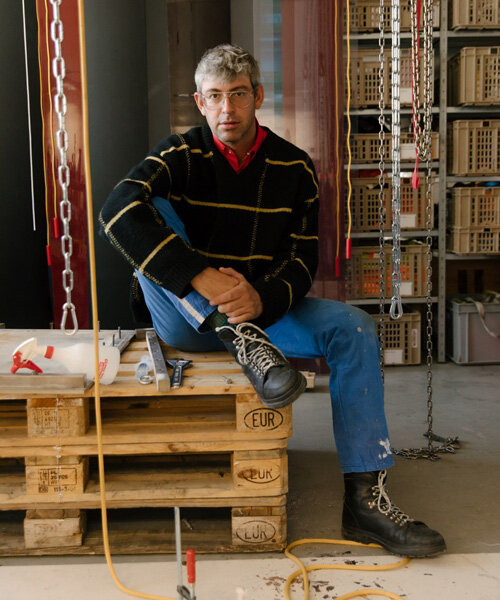
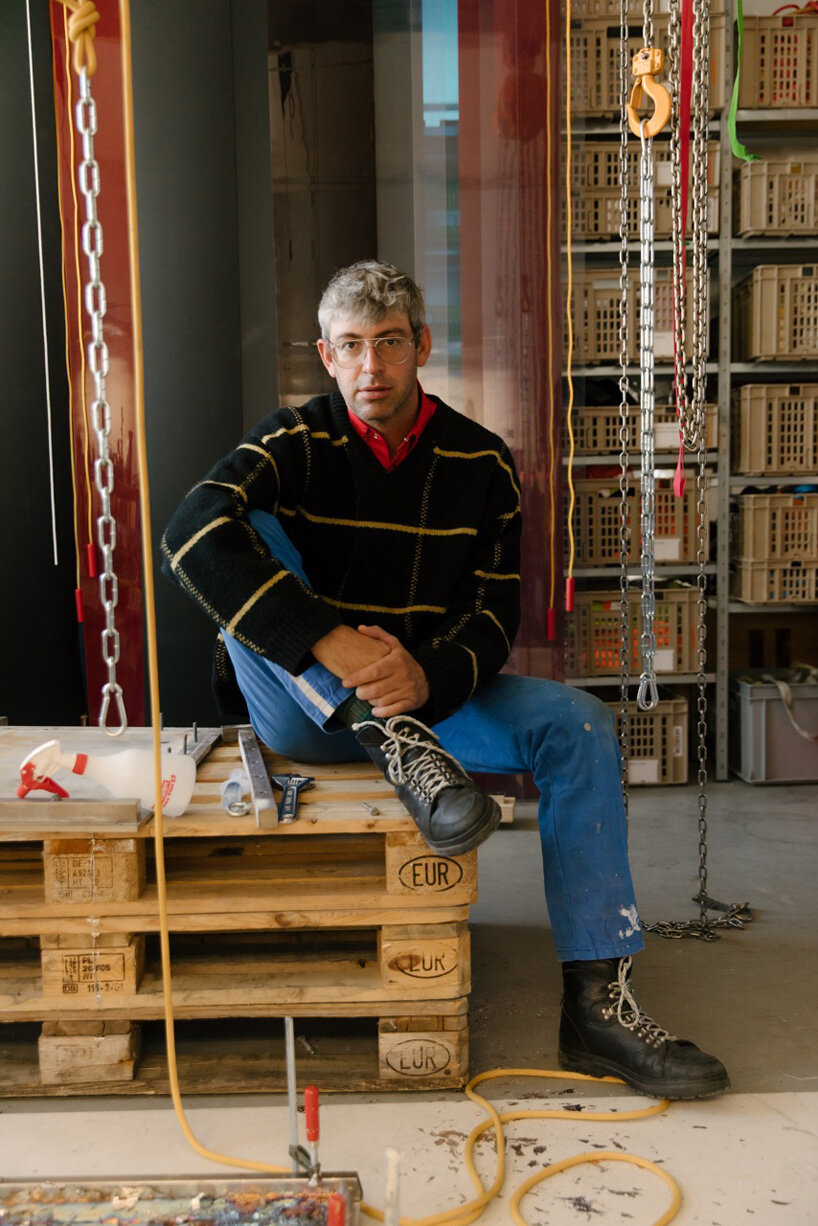 raphael hefti portrait
raphael hefti portrait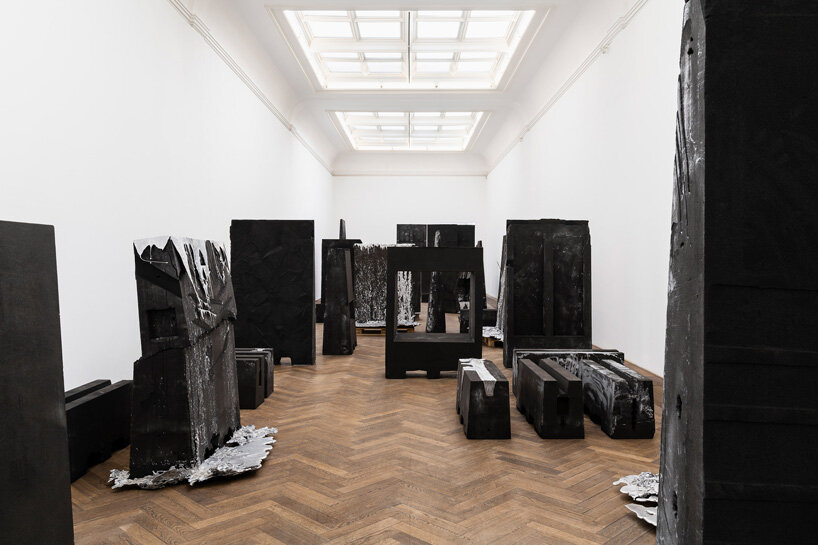
 raphael hefti, installation view, salutary failures, kunsthalle basel, 2020, view on ‘the sun is the tongue, the shadow is the language’, 2020 (detail)
raphael hefti, installation view, salutary failures, kunsthalle basel, 2020, view on ‘the sun is the tongue, the shadow is the language’, 2020 (detail) raphael hefti, installation view, salutary failures, kunsthalle basel, 2020, view on ‘the sun is the tongue, the shadow is the language’, 2020 (detail)
raphael hefti, installation view, salutary failures, kunsthalle basel, 2020, view on ‘the sun is the tongue, the shadow is the language’, 2020 (detail)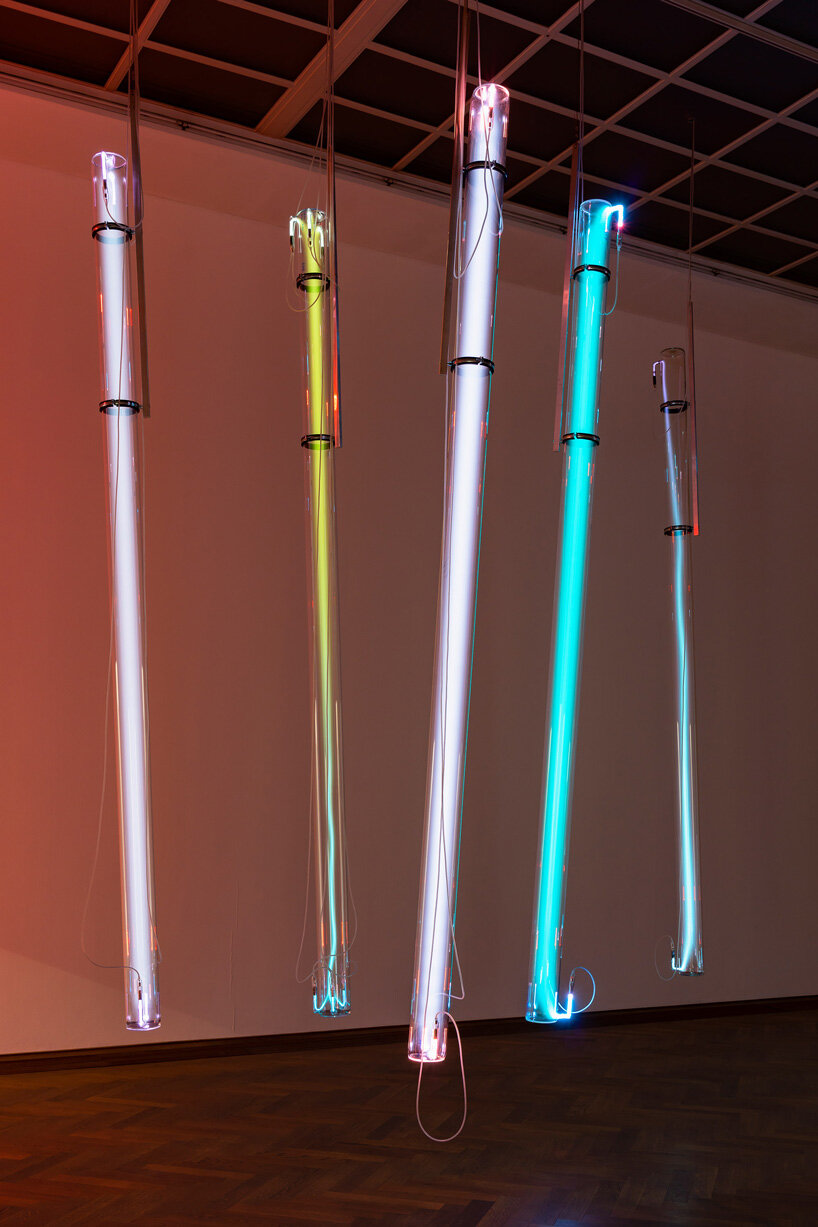 raphael hefti, installation view, salutary failures, kunsthalle basel, 2020, view on ‘message not sent’, 2020 (detail)
raphael hefti, installation view, salutary failures, kunsthalle basel, 2020, view on ‘message not sent’, 2020 (detail)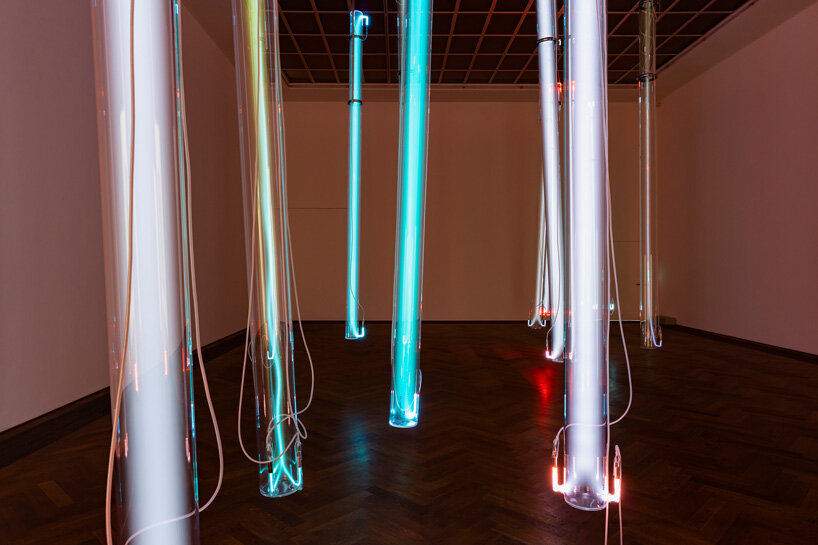 raphael hefti, installation view, salutary failures, kunsthalle basel, 2020, view on ‘message not sent’, 2020 (detail)
raphael hefti, installation view, salutary failures, kunsthalle basel, 2020, view on ‘message not sent’, 2020 (detail) raphael hefti, installation view, salutary failures, kunsthalle basel, 2020, view on ‘polycrystalline horticulture’, 2020
raphael hefti, installation view, salutary failures, kunsthalle basel, 2020, view on ‘polycrystalline horticulture’, 2020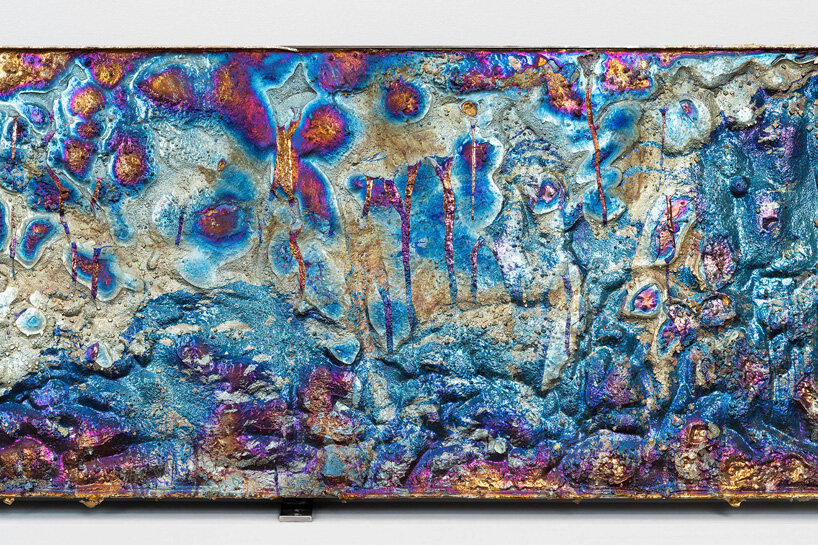 raphael hefti, installation view, salutary failures, kunsthalle basel, 2020, view on ‘polycrystalline horticulture’, 2020 (detail)
raphael hefti, installation view, salutary failures, kunsthalle basel, 2020, view on ‘polycrystalline horticulture’, 2020 (detail) raphael hefti, installation view, salutary failures, kunsthalle basel, 2020, view on ‘dr. sattler: so, what are you thinking? dr. grant: we’re out of a job. dr. malcom: don’t you mean extinct?’, 2020
raphael hefti, installation view, salutary failures, kunsthalle basel, 2020, view on ‘dr. sattler: so, what are you thinking? dr. grant: we’re out of a job. dr. malcom: don’t you mean extinct?’, 2020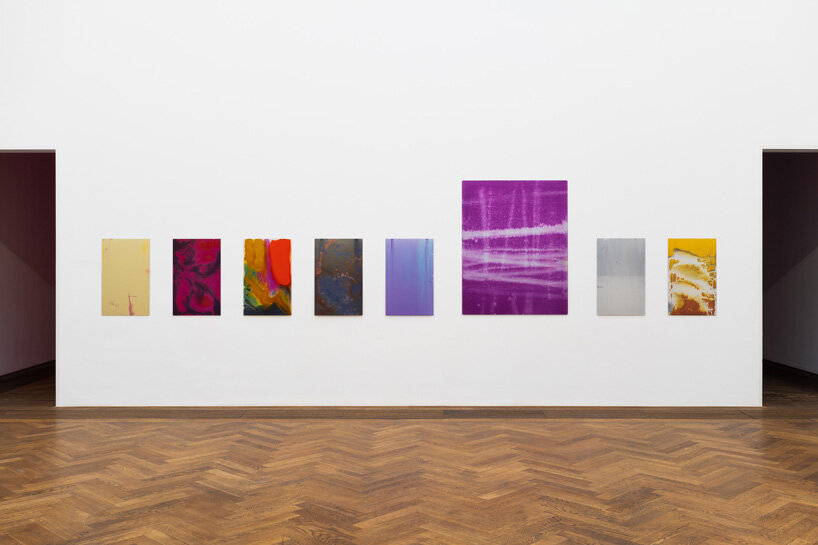 raphael hefti, installation view, salutary failures, kunsthalle basel, 2020, view on ‘(F. L. T. R.) RHE 9519; RHE 9520; RHE 9521; RHE 9526; RHE 9527; RHE 9530; RHE 9525; RHE 9506’, all 2020
raphael hefti, installation view, salutary failures, kunsthalle basel, 2020, view on ‘(F. L. T. R.) RHE 9519; RHE 9520; RHE 9521; RHE 9526; RHE 9527; RHE 9530; RHE 9525; RHE 9506’, all 2020